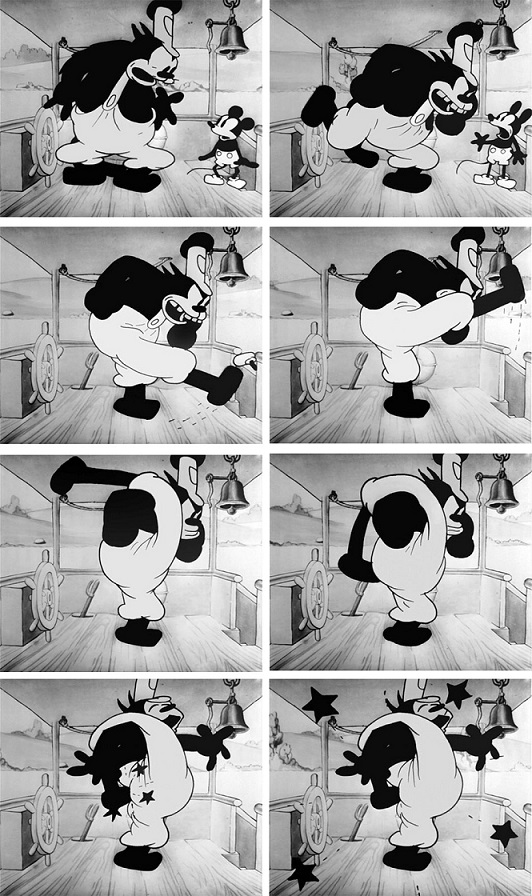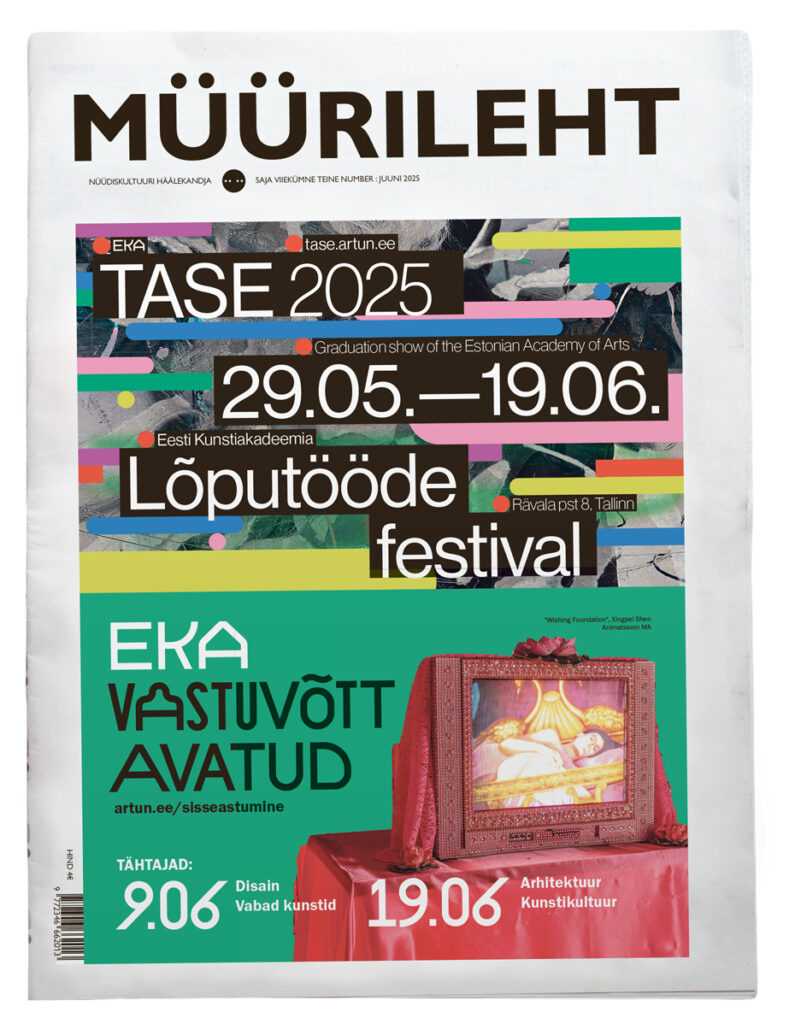Are Disney films a tad bit too white?
Lugemisaeg 9 minRepresentation of race in Hollywood films has changed quite a lot over time but changes in movie industry are much slower to come about than in society in general. Legally, minorities got the same rights as white people in 1964 already and in many states these so-called minorities are no longer that at all, you can see that it is white people’s numbers instead that seem to be decreasing. However, on the silver screen, racial balance is very far off from what we can see in real life. The way in which race is depicted in movies, influences both how white people see other races and how minorities see themselves.
White is a colour too
We all have a race but this is often overlooked where white people are concerned. “Raced people” as Richard Dyer calls all non-white people in his 1997 book “White”, are defined as either black, Asian or Native American people and not simply “people” (1). While in dictionaries, race is defined as a group of people similar only due to their appearances (e.g. skin colour, hair, shape of head or face) then in academic literature, it is seen as a socio-cultural construction of differences between people. Whether we want it or not, our race influences our every-day lives: it can affect who we have relationships with, where we work and how big our income is.
In Hollywood, one thing is certain: no other race has had the same opportunity to shine as the white one. For a long time, white actors also played the roles of black characters. The portrayal of black women has been especially disappointing: if we look at roles for which black women have been nominated for an Academy Award, then these tend to be ones of suffering women. Most memorable ones are Halle Berry’s role in “Monster’s Ball” (won), Gabourey Sidibe in “Precious”, and Diana Ross’ and Angela Basset’s roles as Billie Holiday and Tina Turner (“Lady Sings the Blues” and “What’s Love Got to Do with It”). To this day, directors face difficulties in finding funds and media attention for films with a dominantly black cast. For example, in 2012., it was almost impossible for one of the most legendary Hollywood directors, George Lucas (“Star Wars”), to find distributors for his film “Red Tails” about a group of black pilots fighting in World War II (starring Cuba Gooding Jr and Terrence Howard).

History of Disney films is one of racial stereotypes
While representation of race in live-action films has been extensively researched, films targeted at children have not been given the same amount of attention. The importance of the Walt Disney corporation cannot be overstated here: the whole world-renowned brand is targeted at children and families. Disney movies have special power over U.S. society because they are easy to follow and simple to understand no matter your age, they are watched over and over again and by now, many generations have grown up with them which makes their effects even stronger.
To exemplify racial stereotypes in Disney films, I will begin with Mickey Mouse who is often also thought of as Walt Disney’s alter ego. Film historian Douglas Brode has mentioned that Mickey is the first animated black character who is depicted as whole and likable. If we look at Mickey’s looks, we can see that his body and face are mostly black but his face is covered with a white mask-like area. The white mask adds something deeper to the character; it can be viewed as a metaphor for black people’s attempt to cope with a world that was then ruled by white people. In “Steamboat Willie”, Mickey is steering a steamboat somewhere in the southern states of the U.S. and humming gospel tunes. In some other films, Mickey either performs ragtime or plays soul music for a white crowd. He also finds a nemesis in Donald Duck who is as white as can be. (3)
Next to Mickey and Donald, some of the most memorable characters in Disney universe are definitely all kinds of princesses. Considered among them are Snow White (“Snow White and the Seven Dwarfs” 1937), Cinderella (1950), Aurora (“Sleeping Beauty” 1959), Ariel (“Little Mermaid” 1989), Belle (“Beauty and the Beast” 1991) and Jasmine (“Aladdin” 1992) who formed the original six of Disney princesses. The initial ones, of whom only Jasmine was not white, were later joined by Native American character Pocahontas (1995), Asian Mulan (1998) and African American Tiana (“Princess and the Frog” 2009). In princess films – very popular among little girls – a clear difference is made between light and dark colours as indicators of good and evil. For example, Snow White’s white complexion is equaled with beauty in the film, and the Fairy Godmother’s white hair in “Cinderella” is a sign of her good will. On the contrary, there is darkness around the evil characters plus they are mostly dressed in dark clothes.
Next to the unreasonable amount of white characters, the ones with second-most screen time are black characters, either as people or some creatures that have a negative connotation. For example the black crows in “Dumbo” (1941) who speak like African American men of the time, smoke cigars and bully poor orphan Dumbo. Perhaps one of the best examples of racial misrepresentation was mentioned in Miguel Picker’s documentary “Mickey Mouse Monopoly” (2001): in “Jungle Book” (1967), an orangutan sings with the voice of an African American man that he would like to be human but never will be. The way some characters have been left out of a movie can say a lot about the industry too: in the latest adaptation of “Tarzan” (1999), there are no black characters although the cartoon is set in Africa.
Interestingly, Mulan is one of very few Asian characters in the history of Disney films. Unfortunately, the best-known representation Asians have received in a Disney animation is that of bucktoothed Siamese cats who have slanted eyes and speak with an exaggerated Thai accent in “Lady and the Tramp” (1955). In “Aladdin”, one can see how language has been used to make a difference between positive and negative characters: Aladdin and Jasmine have no traces of Arab accents while the negative characters do. Many Native Americans are disturbed by how Disney portrayed Native Americans in Peter Pan (1953). They are partially represented as mute, communicating in animalistic sounds and simple sentences and they have to explain why their skin is red as if everything different from white skin needs to be explained.
However, not always does Disney show mercy to white characters also, for very often, gender stereotypes can be seen in portrayals of white characters. Donald is a positive character, but not idealised: he has a short temper and is rather lazy. One can easily relate to him but when you think about it, in both film industry and society, laziness and untidiness are quite often attributed to men. An example of a perfect and caring housewife is of course Snow White who does not do much else than wait for her prince and her ebony-coloured hair stress the beautiful white colour of her skin. There is a moment in the forest when she is escaping from her kingdom and gets frightened by wild animals and imaginary branches attacking her and simply gives up and falls on the ground. Characteristically for white female characters of those days, she is rather passive and helpless.
Generations raised in cartoon reality
Education professor Dorothy L. Hurley has claimed that what children read in books and see in media, plays a significant part in how they subconsciously get to know themselves and see the world. During the early years of one’s life, it is difficult to make a difference between what is good and what is not, what is real and what isn’t. Thus, to develop a healthy image of oneself, it is extremely important for our children to see someone they can identify with in books and movies. It is easier for white kids to develop a sweet and good identity than it is for kids of other races because in the world of cinema, positive characters that they could identify with are either non-existent or play minor roles. (4)
However, things are getting better and one sign marking this is definitely the introduction of the first black princess: Tiana in “Princess and the Frog” (2009) who is a hard-working and energetic girl and stands up for herself. Another “raced” character, which has stolen the hearts of many, is Russell in Pixar’s “Up” (2009) who is naive but at the same time, an utterly positive character. Unfortunately though, there aren’t many other positive characters to mention yet.
Racial origin has been a sensitive topic for centuries and although it isn’t mentioned in Disney films directly, there are clear subliminal messages. The Walt Disney brand is trusted in the United States and also other countries all over the world more and more, because there are already quite a few generations that have grown up with Disney films, are nostalgic about them and therefore don’t question their values. It seems like the Disney frame of mind has started to slowly pick up on the changes in society over the last decade, so the heroes in the stories who act as role models for little children, are no longer always white. However, since the people leading the entertainment industry are still predominantly white, the changes cannot start from anywhere else but our own heads.
